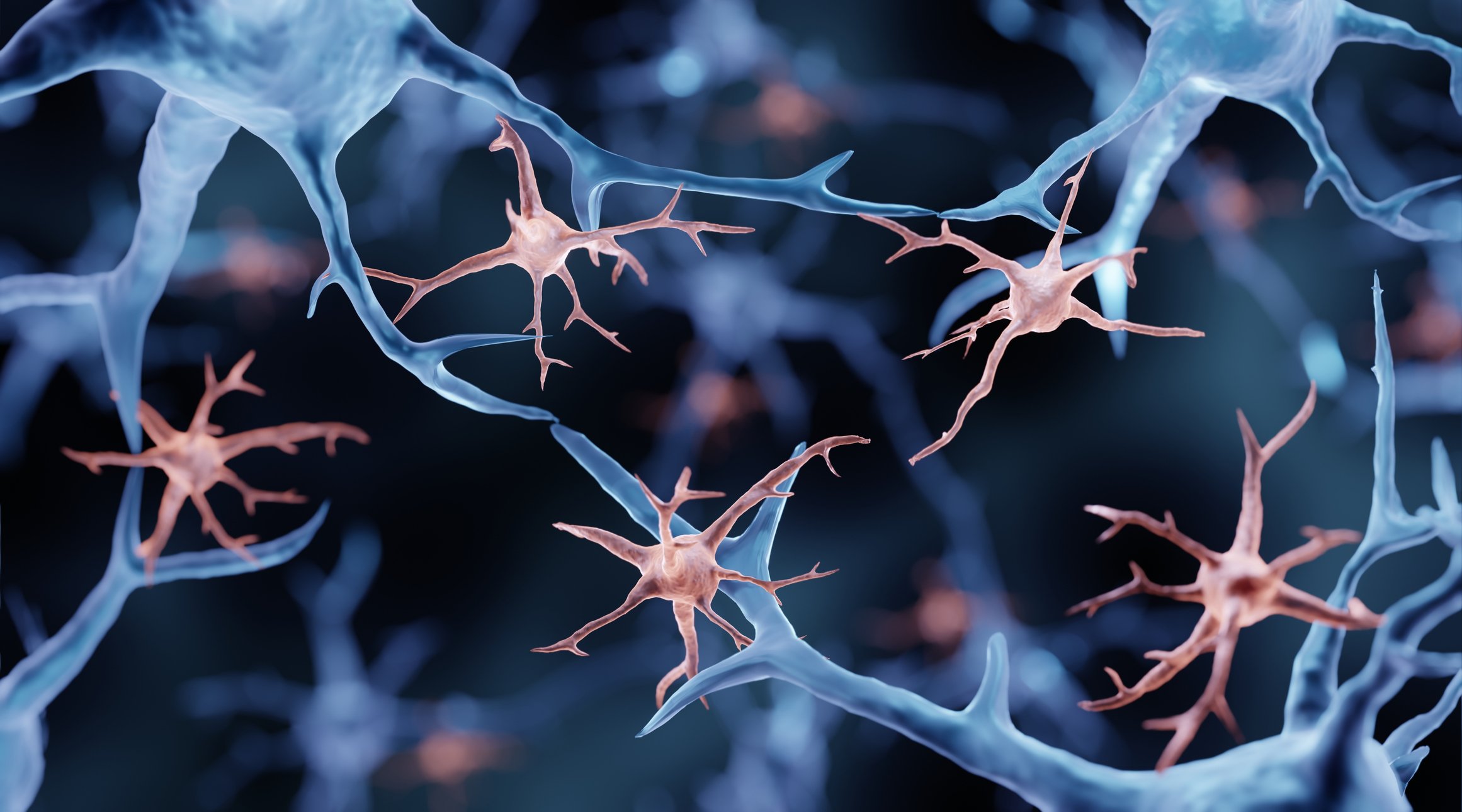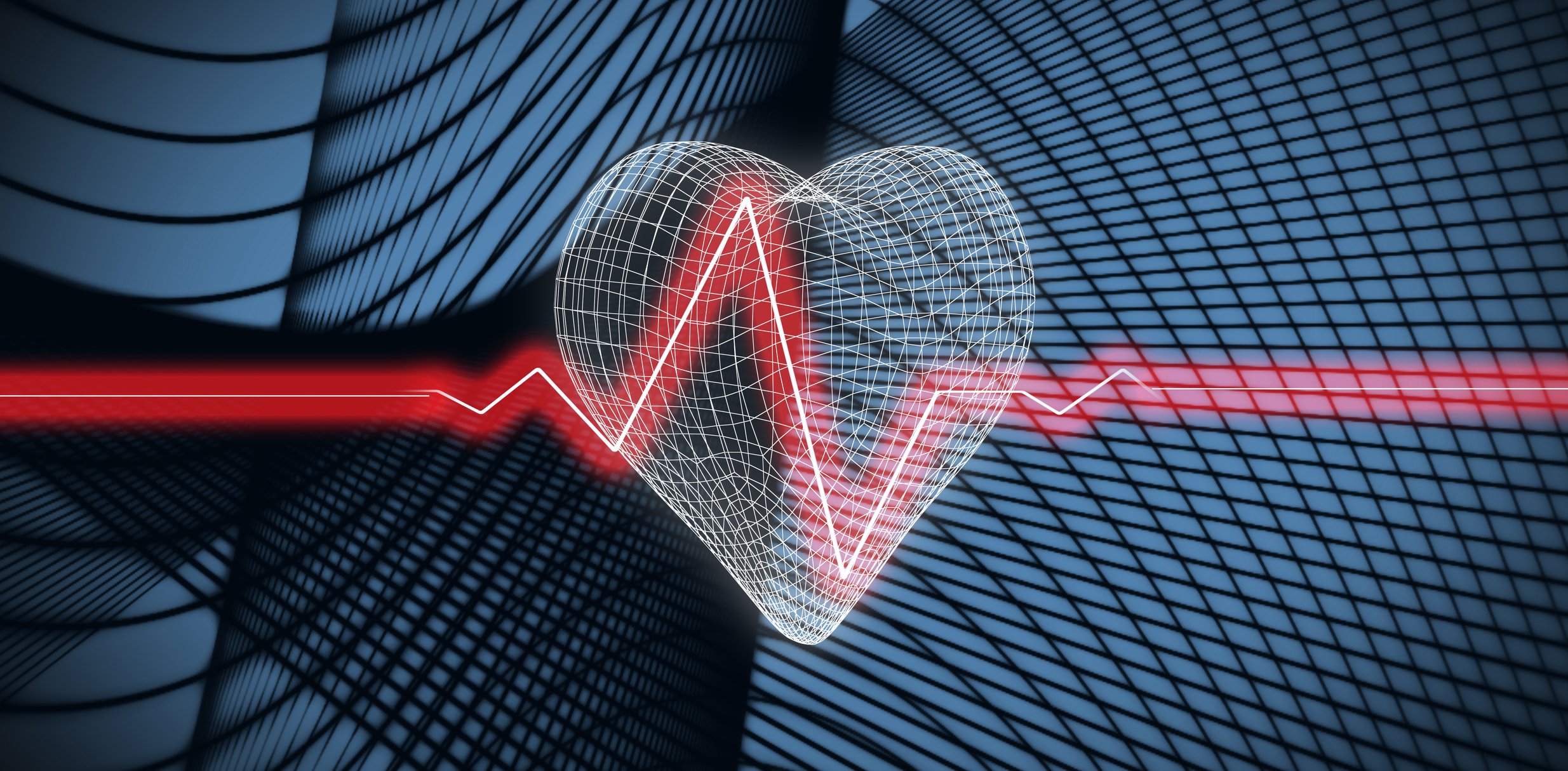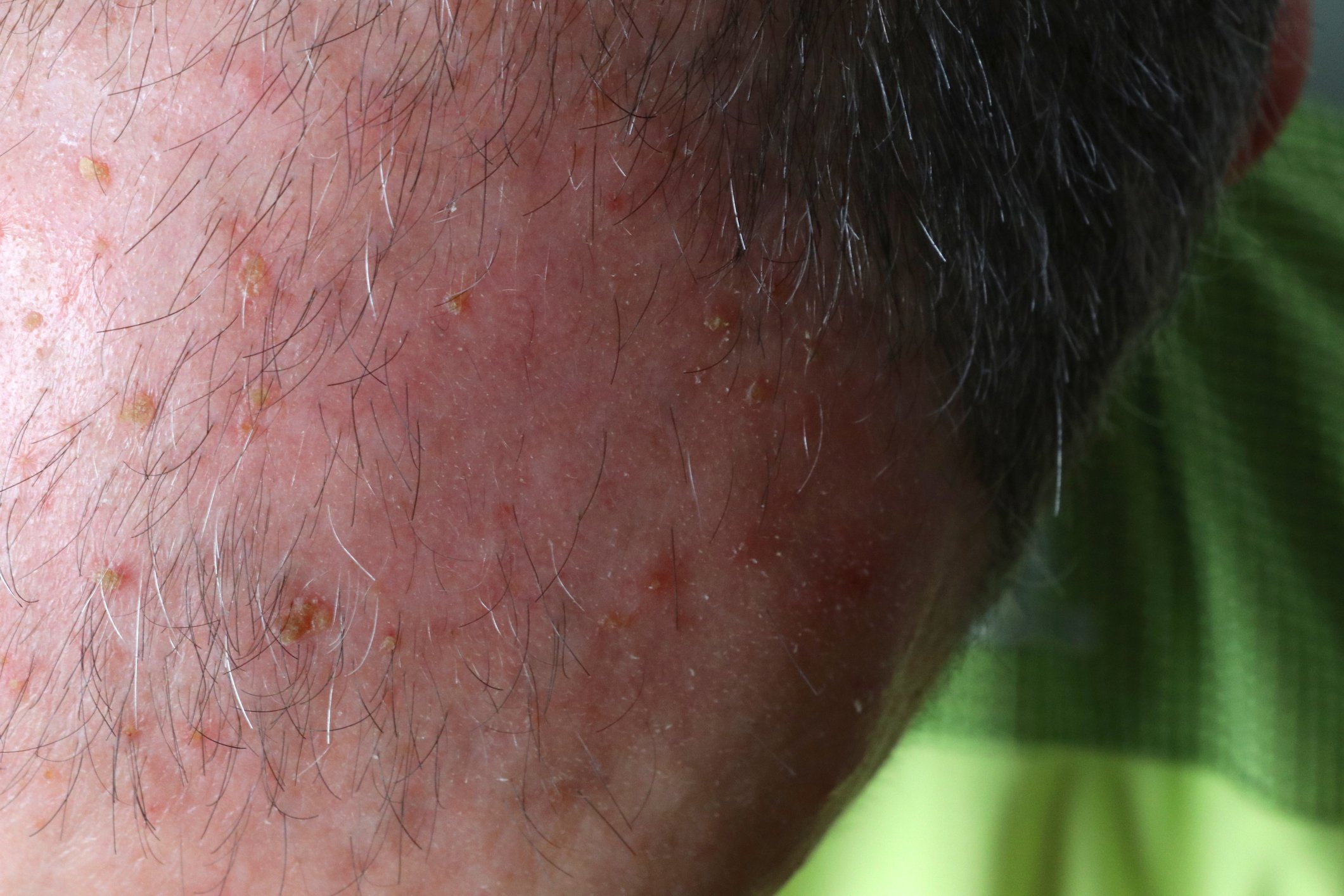“Lumbago” is usually harmless and resolves itself within a few hours/days. Acute pain should be terminated as soon as possible to avoid chronicity. Further diagnostics are only necessary in case of protracted course or frequent recurrences.
As if “out of the blue” or “as if shot by a witch” or even after an everyday, banal movement, typically during trunk flexion, hyperextension or awkward rotation, very strong intense, stabbing, piercing and paralyzing pain occurs in the back, which due to the inhibition of movement leads to an immediate stiff forced posture. The affected person typically remains in this position and avoids any slightest movement.
This pain – lumbago – is called lumbago or acute lumbalgia in the technical language. As the terminology suggests, it occurs most commonly in the lumbar region. Similar symptomatology (with the same pathogenesis) may also cause discomfort in the neck region or thoracic spine. In pure lumbalgia, there are no radiations to the extremities (these would correspond terminologically to lumboischialgia).
The cause of acute lumbalgia can be various disorders in the area of the spine, e.g. a blockage of the small vertebral joints or a strain of the joint capsules or ligaments, but also an acute herniated disc. Psychological dysstress significantly increases the risk. The generation of pain (in the actual sense it is a nociception from the mentioned structures with activation of action potentials of the pain-conducting nerve fibers after central and local release of pro-nociceptive substances) is maintained in this case by a reactive spastic contraction of the autochthonous and secondary back muscles. In this area, in addition to activation of preterminal pain nerve fibers, blockage is also maintained, e.g. in the area of the small vertebral joints.
In “normal cases”, lumbago is harmless, apart from the severe suffering for the affected person, and resolves itself “self-healing” within a few hours. To stay with the metaphor, “The witch’s haunting is over quickly.” Any remaining residual symptoms disappear completely within a few days.
Tips for emergencies
If a person (or those in the immediate vicinity) experiences acute lumbalgia for the first time, he or she is often also “paralyzed” in the way he or she acts due to the drama of the situation. Experienced persons, directly or indirectly affected, can react quickly and efficiently:
- Hyperextension of the lumbar spine from the prone position (Fig. 1) according to the McKenzie concept [1] can provide very rapid relief. Ideally, a discus prolapse is (partially) reduced and any nerve root contact is repaired.
- Local heat helps to relax the tense muscles.
- Small gentle harmonic movements, but also self-mobilization techniques (Fig. 2) are suitable, e.g. to release a blockage of the small vertebral joints. If this succeeds, the tense muscles relax very quickly.
- Subsequent step positioning (Fig. 3) relieves any irritated nerve structures in particular.
- The principle for acute lumbar pain is to terminate acute pain aggressively and efficiently as soon as possible to avoid chronification, as with other acute pain. Local or oral nonsteroidal anti-inflammatory drugs (antiphlogistically active), but also paracetamol (analgesically active) should be used generously. Non-drug measures, e.g. acupuncture, if accessible, are highly effective in these situations [2].
Pathophysiology
Activation of preterminal pain-conducting nerve fibers from the above-mentioned involved structures results in afferent action potentials being conducted into the central nervous system, with co-participation of the autonomic nervous system (dorsal root ganglia) at the level of the spinal cord and synaptic switching in the posterior horn of the spinal cord. Efferent, in the sense of a neurogenic inflammation, local mechanisms are initiated that intensify and maintain the pain event. This takes place in the seconds to minutes range [3]. Even in this relatively short time span (minutes to hours), sensitization processes are already underway both in the periphery and in the involved neuron of the spinal cord, especially of the involved nociceptive receptors. From this, the therapeutic consequences are derived, i.e., rapid pain termination before the chronification processes manifest in terms of new structural neurogenic connections and molecular processes (e.g., increased synthesis of receptors integrated in pain modulation and transmission) [4]. Specifically, this means:
- Stopping nociception (positioning, muscle relaxation, repositioning/deblocking).
- Local analgesic/anti-inflammatory measures [5].
- Systemic analgesic/anti-inflammatory measures [5].
If it becomes possible to stop the aforementioned processes by acting quickly, chronification can be avoided.
Postikteric approach
If protracted convalescence or incomplete healing of acute lumbalgia occurs, a specialist should be consulted. First and foremost, that’s the primary care physician. In addition to the clinical examination, the physician will question the patient regarding warning signs (“red flags” [6]) and, in the case of a positive result, force further diagnostics. If in doubt or if healing is delayed, it is advisable to consult a rheumatologist. Without “red flags”, imaging can be omitted (but not for more than a maximum of four weeks!). Therapeutically, it is primarily important to induce sufficient analgesia by non-drug and drug means. In most cases, it is not necessary to continue immobilizing the patient (even if only for a short time). Incapacity for work is an option in individual cases, but should be limited to the shortest possible duration. Whenever possible, consider whether the patient can be temporarily placed in an adapted activity or activity with a different occupation. The patient can be present at the workplace for a full workload, since scientific studies show that the return to the previous workplace decreases exponentially in frequency the longer the full incapacity lasts [7].
Secondary prevention to avoid chronic pain
Secondary prophylactic measures are indicated for repeated episodes of acute lumbalgia and a known diagnosis:
- Instruction of the patient how to help himself with “lumbago”.
- Physical reconditioning [8], mindfulness and posture training, and instruction of ergonomic movement patterns (Fig. 4).
- Self-medication
- Possibility of rapid response from a specialist (general practitioner, rheumatologist/interventional pain therapist [9]).
Due to the rapid onset of chronification processes, the overriding principle should be to interrupt them quickly and effectively in order to avoid the career of a chronic back pain patient affecting his quality of life, activities, occupation and environment, and ultimately his financial and social situation.
Take-Home Messages
- “Lumbago” (acute lumbalgia) is usually harmless and resolves itself within a few hours/days.
- Structurally, a blockage of the small vertebral joints or strain of the joint capsules or ligaments, but also an acute herniated disc can be the cause(s), often triggered by trivial movements of the trunk.
- Self-help is possible by simple measures (positioning, deblocking, local non-drug measures). Good instruction is necessary for secondary prophylaxis.
- Further diagnosis by a specialist is a recommendation in cases of protracted course or frequent recurrences.
- The acute pain should be terminated as quickly and effectively as possible in order to stop chronification processes.
- Full incapacity for work should be avoided if possible.
- Preference should be given to temporary adjusted activities/workloads.
Acknowledgments: I thank Ms. N. Carnovale for the design of the figures.
Literature:
- Stankovic R, et al: Conservative treatment of acute low-back pain. A prospective randomized trial: McKenzie method of treatment versus patient education in “mini back school”. Spine (Phila Pa 1976) 1990; 15: 120-123.
- Hasegawa TM, et al: Acupuncture for acute non-specific low back pain: a randomised, controlled, double-blind, placebo trial. Acupunct Med 2014; 32: 109-115.
- Carr DB, et al: Acute pain. Lancet 1999; 353: 2051-2058.
- Sprott H: Pathophysiology of peripheral pain development – therapeutic targets. Praxis 2016; 105: 1267-1271.
- Sprott H, et al: Medications and infiltrations for low back pain. Ther Umsch 2013; 70: 549-553.
- Verhagen AP, et al: Red flags presented in current low back pain guidelines: a review. Eur Spine J 2016; 25: 2788-2802.
- Opsahl J, et al: Do expectations of return to work and job satisfaction predict actual return to work in workers with long lasting LBP? BMC Musculoskelet Disord 2016; 17: 481.
- Mannion AF, et al: Spine stabilisation exercises in the treatment of chronic low back pain: a good clinical outcome is not associated with improved abdominal muscle function. Eur Spine J 2012; 21(7): 1301-1310.
- Sprott H: Interventional pain therapy under ultrasound. PraxisDepesche 2016; 5: 39.
HAUSARZT PRAXIS 2017; 12(7): 8-10













